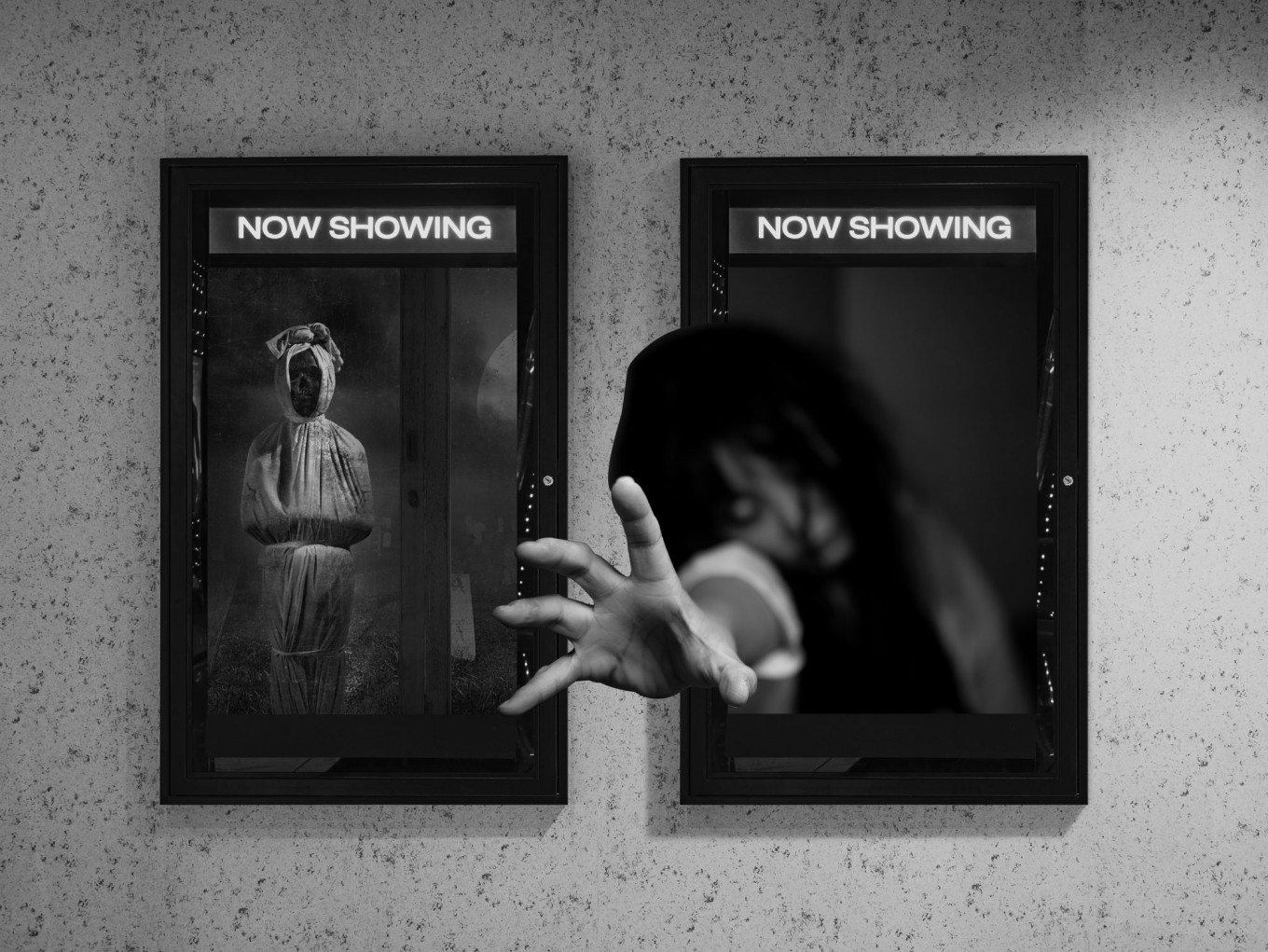(Courtesy of Shutterstock)
The upsurge of horror movies shown in the theaters in Indonesia makes one wonder: how is the Indonesian audience being molded by film producers? Or is it the other way around, with the audience dictating the film market?
The horror genre has taken over the screens and is shelling profits, as seen from the response of the horror comedy movie Agak Laen (A bit different), which had garnered over 9 million viewers as of this writing.
According to senior film analyst Yan Wijaya: “In 2023, there were 108 Indonesian movies screened, out of which 51 were horror. This year from January 1 until March 19, 35 Indonesian films went on screen, out of which 14 were horror.”
Producers lately have been complaining of a lack of response to other genres. Comedy movies are still doing fine next to horror movies, but other genres turn out to be less profitable.
Read also: Where to stroll in a city where ‘nobody wants to walk’
Gop Samtani, owner of Rapi Films, notes the recent trend for horror movies. “There is a new horror movie almost every week. We are just following the trend because so far horror movies are doing well. Last year we produced two horror movies.”

Thank you!
For signing up to our newsletter.
Please check your email for your newsletter subscription.
Raam Punjabi, a legendary filmmaker, also adds: “Horror movies are a worldwide trend. Horror movies attract more profits as they are in demand. A horror movie that can acquire 1 million viewers is already considered a profitable one.”
The question is, why do audiences prefer watching horror movies? In a study conducted by a group of students from Bangka Belitung University last year, 53.7 percent of respondents said they liked watching horror films.
The respondents said horror movies “are interesting, can spur adrenaline, relieve stress, [are] full of mystery, exciting, challenging, have jump-scare scenes and have scenes that teach us how to survive from threats”.
These horror movie fans are not mistaken. According to a 2018 thesis written by Long Island University student Michelle Park on the aesthetics and psychology behind horror films, watching violent or scary movies is a form of catharsis, a process where we release our negative emotions.
“In other words, they help us to ‘purge’ our aggressive emotions. We also burn our negative feelings and worries about the real world and expel them by watching horror films. In the end, the killer, the antagonist has to suffer, which gives the ultimate resolution for the viewers,” she wrote.
Read also: Joko Anwar's Leap of Faith
Noel Caroll, a film scholar and author of The Philosophy of Horror, also explains that “the emotions of disquiet, distress and displeasure conveyed in horror movies are not pleasurable, but horror films can manipulate these emotions as quite enjoyable”.
Thus, horror movies are always enjoyed by Indonesians, even if storylines for many horror movies are similar. A villain comes back and bothers a hero and in the end, the latter destroys the villain.
The issue here is whether these horror movies hold standards that stimulate the minds of the audience. Films play a significant role in our society. It is a medium to impart messages essential to personal growth.
Some Indonesian horror movies are so illogical that they can make one walk out of the theater. Kutakan Sembilan Setan (The Cursed Villa) is an example. Besides a few eerie scenes, it has nothing else to offer.
To quote British cinematographer Rob Hardy, filmmaking is a “medium to express, explore or examine ideas that interest us, our personal struggles and our cultural beliefs on a microcosmic level.”
What would happen to our audience if we continue showing eerie and creepy movies where there are no meaningful messages to impart and learn? What can our audience grasp if all they can do is get a thrill from illogical “baas, boos and screams” from the characters in the movies?
A film should be an eye-opener. It may be funny, it may be dramatic, but it should have a sense of depth. It should be a medium to inculcate a long-lasting lesson, where a viewer goes out of the theatre saying, “That was one damn great movie!”
Read also: The ever-evolving identity of Indonesia’s streetwear scene
Aruna Harjani has been a freelance journalist in Indonesia for over 20 years. She has interviewed well-known entrepreneurs and has also started a platform for women empowerment.
COMMUNITY SPACE is a new section in The Weekender where our readers can share their thoughts and opinions. If you would like to respond to the ideas written here, or share your own views on another topic, send us an email at theweekender@thejakartapost.com
This article is part of The Weekender, which comes out on the Saturday edition of The Jakarta Post. It offers a variety of lifestyle and culture articles aimed at enriching your reading experience. Subscribe
here to get access to the Saturday edition and all other premium content from the Post.






















